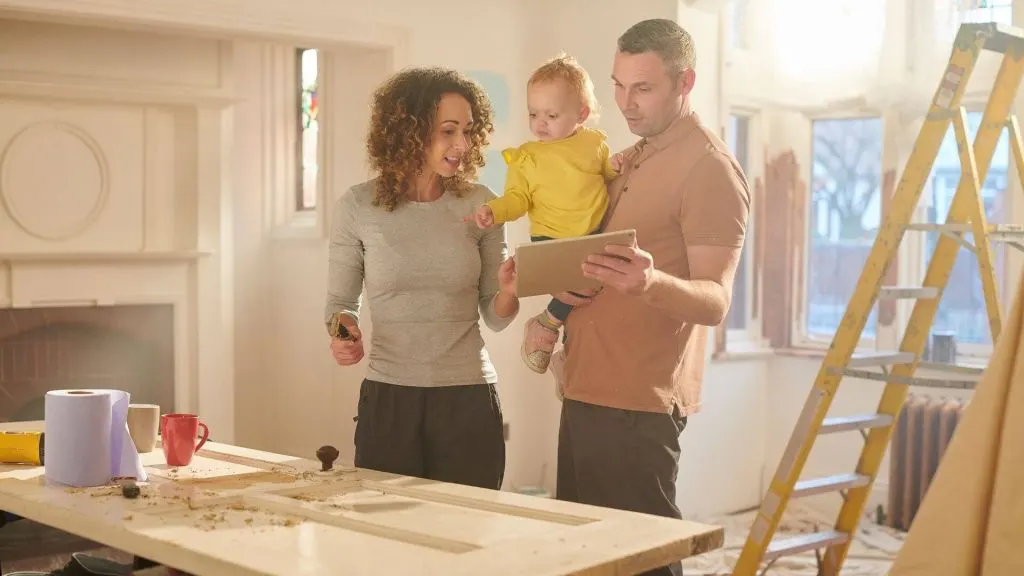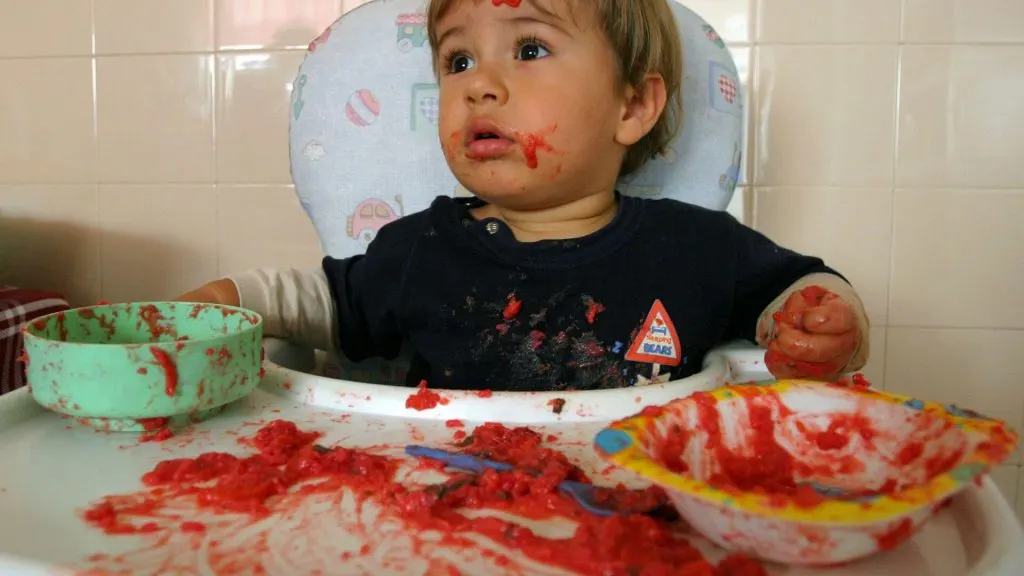Your home is where you go to relax, rest, and recoup, and it’s where you and your family should feel comfortable and safe. Unfortunately, several safety hazards lurk around in most homes. The bad news is that these safety hazards can create an unsafe or unhealthy living space. However, the good news is that most of these hazards are easy to identify and eliminate. So, if you’re looking to create and maintain maximum safety in your home, here are four common safety hazards you need to prevent.
How To Prevent These Common Household Safety Hazards

Drowning
Drowning can occur outdoors and indoors. It is one of the most common household safety hazards, especially in warmer climates. Outdoors, a family pool is a usual culprit, especially if you have kids or toddlers playing unsupervised near the pool. The best way to prevent this is to keep your pools covered when not in use or keep your eyes on your little ones and sign them up for swimming lessons. Alternatively, you can work with fencing contractors to build a chain link fence around your pool to keep toddlers away.
Indoors, the bathtub offers the most common drowning hazard. To prevent this, never leave your kids unattended in the bathroom. You can also install a handrail next to the bathtub to offer support for aging adults.
Burns
Burns can happen very easily, especially when it comes to appliances around the home. From the oven to the hot water heater temperature, it’s important to be aware of the dangers that lay around the home when it comes to potential fire and heat hazards.
If you’ve got children in the home, you definitely want to be mindful of what hazards could cause a potential burn. Burns aren’t something to be neglectful of, especially as some can be so severe that they end up being life-threatening.

Choking
Choking, especially in infants and children, is among the most common forms of accidental death in many homes. And the worst part is, you’ll hardly see it coming at most times. Something as harmless as a family dinner can end up with a family member choking on a piece of meat or a toddler swallowing a small item. While choking can happen at any time, it is preventable. The best way to prevent it is by taking the right measures to keep your family safe.
Some measures you can take include chopping food into small portions, especially for children. Also, monitor your toddler’s playing time and keep tiny objects away from them. You might also want to inspect all toys to ensure they pose no choking hazard.

Cuts from sharp objects
Unfortunately, it’s hard to imagine any home without sharp objects. From knives and razors to scissors, they represent a necessary evil. The best way to avoid accidental cuts when sharp objects are not in use is to ensure they’re stored safely and securely with child-safety locks where applicable. When in use, be sure that the sharp edges face away from people as much as possible. Learning the safest way to use any sharp object and exercising care is also essential.
Trips and falls
Almost everybody has a light-hearted story about hitting their little toe on the foot of a furniture piece. While these are somewhat bearable, tripping and falling offer another pain level. Tripping on something as small as an exposed cable can send you falling awkwardly and causing serious bodily harm. Always ensure that your living space is organized and clutter-free. Leave enough room for free leg movement and keep things out of the way as much as possible. Also, secure your bathroom with anti-slip rugs, clear out your outdoor steps, and provide solid handrails for your staircases.
If you are a homeowner, then it is important to be aware of these common household safety hazards so that you will best be able to prevent them from happening to you and your family.

Jessi is the creative mind behind The Coffee Mom, a popular blog that combines parenting advice, travel tips, and a love for all things Disney. As a trusted Disney influencer and passionate storyteller, Jessi’s authentic insights and relatable content resonate with readers worldwide.
